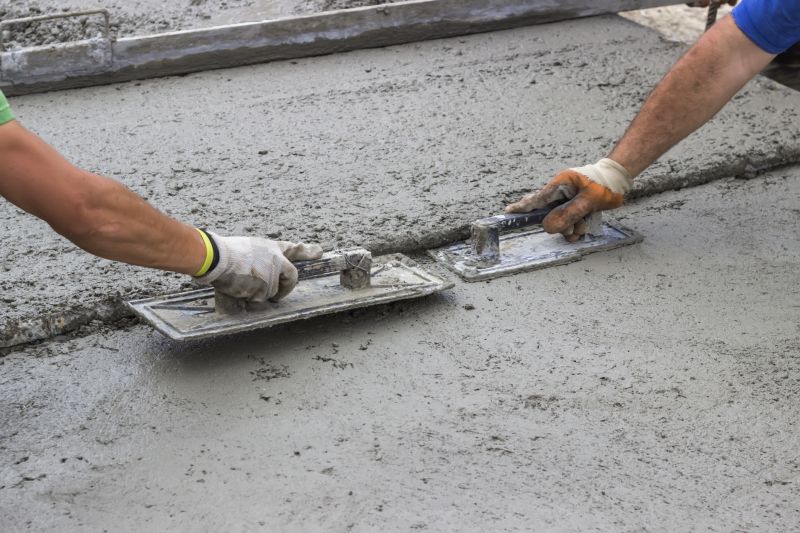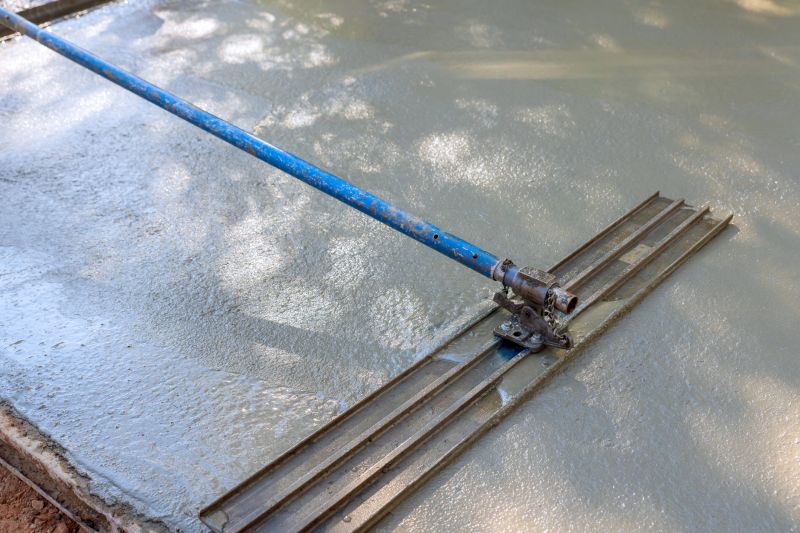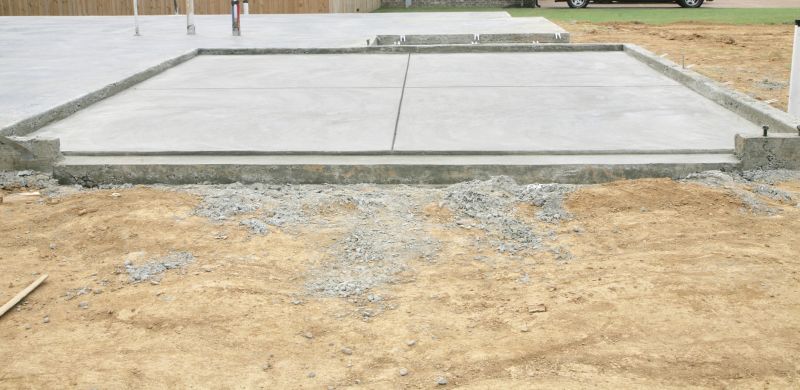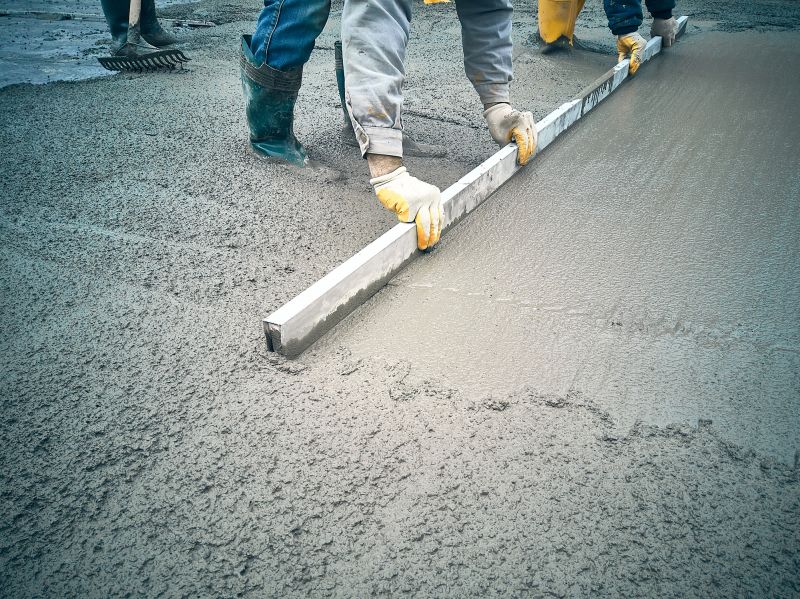Optimal Timing for Concrete Slab Work
Choosing the optimal time for concrete slab repair and installations depends on climate conditions, temperature ranges, and moisture levels. Typically, the most suitable periods are during mild weather when temperatures are consistently between 50°F and 85°F. This ensures proper curing and adhesion, reducing the risk of cracks or other issues.
These seasons often provide moderate temperatures and lower humidity, ideal for concrete work. Scheduling repairs or installations during these times can lead to better results and longer-lasting slabs.
Concrete is susceptible to damage from extreme heat or cold. High temperatures can cause rapid drying and cracking, while freezing temperatures can hinder curing. Planning work outside of these extremes is recommended.
Rain and excessive moisture can delay curing and compromise the integrity of concrete. It's best to avoid scheduling during rainy periods or ensure proper protection if work is unavoidable.
Consistent, moderate temperatures and low humidity support optimal curing conditions, which are crucial for the durability of concrete slabs.

Ways to make Concrete Slab Repair And Installations work in tight or awkward layouts.

Popular materials for Concrete Slab Repair And Installations and why they hold up over time.

Simple add-ons that improve Concrete Slab Repair And Installations without blowing the budget.

High-end options that actually feel worth it for Concrete Slab Repair And Installations.
Concrete slab repair and installation are essential for maintaining property value and safety. Proper timing ensures that the work is durable and resistant to future damage. Factors such as temperature, humidity, and weather patterns influence the success of concrete projects. Planning repairs during favorable conditions can minimize issues like cracking, spalling, or uneven settling.
